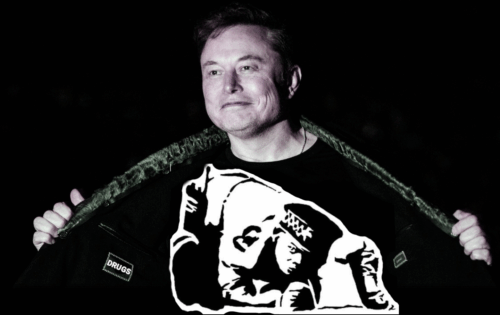In 1969 “Strategem: Deception and Surprise in War” by Barton Whaley, at the Center for International Studies MIT, offered this historical insight on page 17:
Disinformation was originally a World War I term, having been first applied to the Disinformation Service of the German General Staff. The Russian Bolshevik Cheka adopted the term (as dezinformatsiya) and the technique in the early 1920’s, and it has been in use by the Soviet state security (OGPU, NKVD, KGB, etc.) and military intelligence (GRU) services ever since. Current Soviet Russian intelligence parlance uses this term in a sense so broad that U.S. Government translators sometimes translate it as “deception,” although the Russians are careful to distinguish it from physical camouflage (maskirovka). The term, as borrowed from the Russian, is now also common in U.S. intelligence parlance, but is used in a less comprehensive sense.
Meanwhile… Merriam-Webster says this:
false information deliberately and often covertly spread (as by the planting of rumors) in order to influence public opinion or obscure the truth. […]
Etymology: dis- + information, after Russian dezinformácija
Note: Russian dezinformácija and the adjective derivative dezinformaciónnyj can be found in Soviet military science journals published during the 1930’s. The Malaja Sovetskaja Ènciklopedija (1930-38) defines the word as “information known to be false that is surreptitiously passed to an enemy” (“dezinformacija, t.e., zavedomo lživaja informacija podkidyvaemaja protivniku”; vol. 3, p. 585). The verb dezinformírovat’ “to knowingly misinform” is attested earlier, no later than 1925, and may have been the basis for the noun. In more recent decades claims have been made about the origin of the word that are dubious and cannot be substantiated. […] First Known Use: 1939, in the meaning defined above
And, as an example of why that matters, Cyber Defense Review (quoting Merriam-Webster) then says this:
The word disinformation did not appear in English dictionaries until the 1980s. Its origins, however, can be traced back as early as the 1920s when Russia began using the word in connection with a special disinformation office whose purpose was to disseminate “false information with the intention to deceive public opinion.”
“The word disinformation did not appear in English dictionaries until the 1980s…“?
Hold that thought. With this dubious claim in mind, given we know that WWI Germans methods were copied by the Soviets, a most interesting version of all comes from a LSE blog post by Manchester University scholars.
Contrary to claims that the term disinformation entered English via Russian, conceived deceptively to sound like a word derived from a West European language to camouflage its Soviet origin, it had been in use in English from the turn of the twentieth century. For example, US press outlets accused their rivals of disinformation back in the 1880s and a British MP accused local authorities of using disinformation to justify their improper implementation of a parliamentary bill in 1901.
While not inventing the term ‘disinformation’, the Soviet authorities did pioneer its rather unusual usage. In 1923, the Bolshevik Party Politburo approved the establishment of the Disinformation Bureau (Dezinformburo) within the Soviet security service. The initiative, including its title, was suggested by an officer with close ties to German-speaking European Marxist revolutionaries (and this connection probably explains the Russian transliteration of the term in Russian from the German, rather than the English, spelling.)
Russians copied the Germans who copied the… British and Americans.
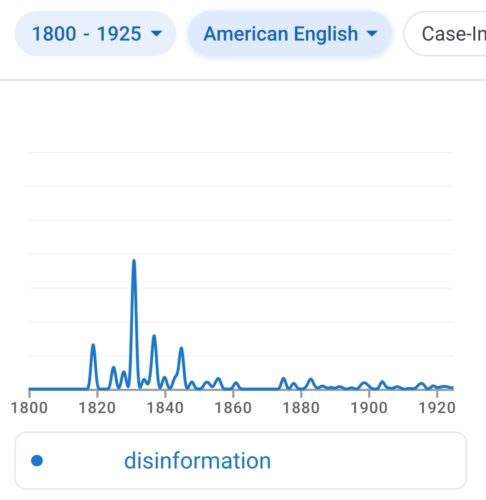
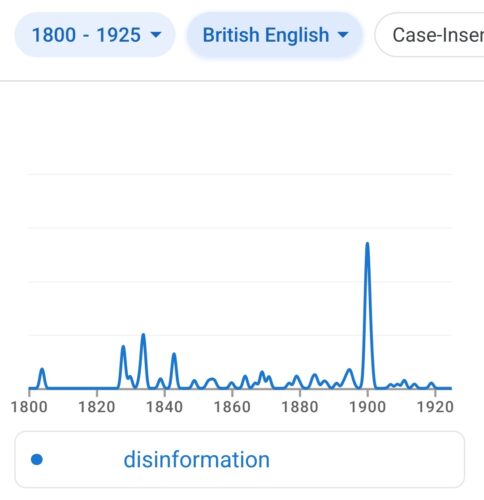
Or not? Could the origins of disinformation be disinformation itself! Let’s pull this thread a bit more and see if we can find the ugly sweater it came from.
It’s plausible there was a potential knowledge transfer from German WWI intelligence practices to early Soviet operations, even if there doesn’t seem to be any formal “Disinformation Service” within the German General Staff structure (as claimed by Whaley).
German military intelligence during WWI ran under the Abteilung IIIb (formerly Sektion IIIb, established 1889, achieving departmental status June 1915). Colonel Walter Nicolai led it from 1913-1918, which is crucial to tracing origins. His comprehensive intelligence service conducted foreign espionage, counterintelligence, media censorship, and propaganda coordination, which included disinformation. The German War Press Office (Kriegspresseamt) was established in October 1915 to coordinate civilian agencies like the Military Section of the Foreign Office (established July 1916), which clearly focused on disinformation.
In the case of Germany, the press maintained a triumphalist approach, suppressing stories about the military disasters of the summer of 1918 and running uninterrupted editorials that victory was near. Throughout the war, troops who had just suffered massive losses of men and territory were dismayed to read optimistic accounts of battles unrecognizable to those that had participated in them. As the saying went, in portraying wars in the press, truth was the first casualty.
For as much as that sounds like coordinated efforts ran under the federal state, multiple German agencies worked at cross-purposes, lacking effective centralization until late in the war. Distributed and legacy structural problems limited effectiveness of information operations compared to Allied efforts (especially President Wilson’s Office of Propaganda, driven by his America First platform rooted in the KKK well-honed methods of racist disinformation).
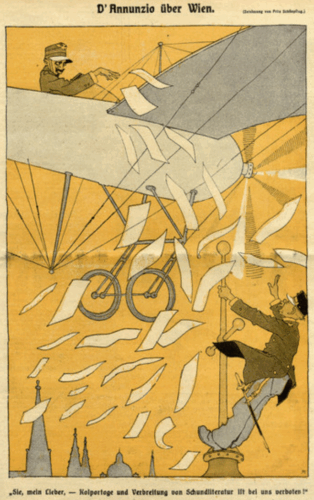

Notably Nicolai’s own wartime diaries and correspondence, recently published after being strategically hidden in Moscow’s archives since 1945, do not seem to have the exact word desinformation. 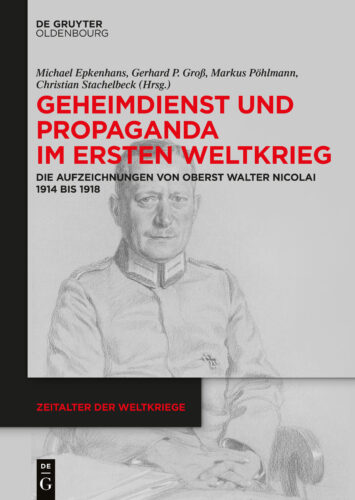
His post-war memoir “Nachrichtendienst, Presse und Volksstimmung im Weltkrieg” (1920) also doesn’t seem to use the word when describing the propaganda run by “Aufklärung” (intelligence) and “Nachrichtendienst” (intelligence services). 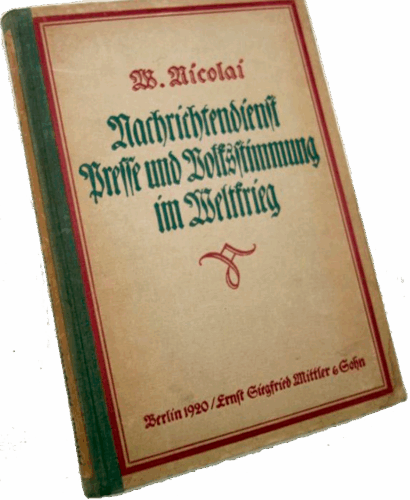
I’ve written before about the “dumb as rocks” German agent networks that infiltrated America, especially San Francisco (preparedness day bombing, heavily laced by federal disinformation). The evidence is unmistakable that Wilson’s administration restarting the KKK and sympathetic to Germany in WWI, was fundamentally on the side of German espionage as a means of ruthlessly suppressing domestic American dissent. This undermines any and all claims that Wilson’s wartime propaganda and surveillance were security measures, as he established them primarily as tools of racist political control that established dangerous precedents for future administrations. Calculated use of fabricated external threats to justify real domestic repression has since become a mainstay of American government communications during conflicts.
The targeting was systematic and coordinated by groups operating clandestinely as domestic paramilitary terrorists under President Wilson’s hand. Federal prosecutors routinely argued that opposing the war equated to aiding Germany without requiring evidence of actual German connections, while Wilson himself was aligned with German objectives. The administration setup “hyphenated Americans” rhetoric to justify surveillance of non-whites and political leaders while actual German agents continued unimpeded operations through established diplomatic channels.
Wilson was using explicitly nativist rhetoric while simultaneously enabling foreign spy operations, linked to domestic terror paramilitary groups, crushing domestic opposition. His “America First” campaigns makes “hyphenated Americans” targeting (e.g. calling non-whites Asian American, Black American to emphasize being born non-white prevents America being First) even more sinister in context.
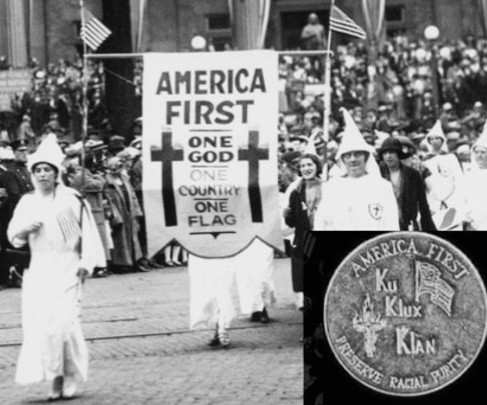
Wilson’s 1915 selective enforcement (like Trump and ICE today ignoring actual foreign spies while crushing American political opposition through paramilitary terror campaigns) provides crucial context for understanding how propaganda techniques were really developed and refined.
We can easily see how Wilson’s 1917 official government-run propaganda apparatus could directly influence the 1923 Soviet Dezinformburo through the German-speaking Marxist networks (the same ones Wilson used to terrorize America). This makes knowledge transfer much more plausible than Whaley’s phantom “Disinformation Service”, which lacks any evidence.
The entire WWI propaganda period is best understood not as developing intelligence for national defense but rather pioneering techniques for domestic political control.
- 1914-1917: German operations under Nicolai
- 1917: Wilson’s CPI established
- 1918-1923: Post-war period with German-Marxist networks
- 1923: Soviet Dezinformburo creation
The Mata Hari case is perhaps the best documented example of Nicolai’s methods, where agent H-21 was deliberately exposed to French authorities through radio messages transmitted in codes the Germans knew had been broken, a sophisticated termination operation designed to protect German intelligence methods. For what it’s worth, this is the kind of historical knowledge that gives crucial context for the 1980s CIA disinformation operation that blew up Soviet gas pipelines.
“In order to disrupt the Soviet gas supply, its hard currency earnings from the West, and the internal Russian economy, the pipeline software that was to run the pumps, turbines, and valves was programmed to go haywire, after a decent interval, to reset pump speeds and valve settings to produce pressures far beyond those acceptable to pipeline joints and welds,” [Thomas C. Reed, a former Air Force secretary who was serving in the National Security Council at the time] writes. “The result was the most monumental non-nuclear explosion and fire ever seen from space,” he recalls, adding that U.S. satellites picked up the explosion. Reed said in an interview that the blast occurred in the summer of 1982. […] In January 1982, Weiss said he proposed to Casey a program to slip the Soviets technology that would work for a while, then fail. Reed said the CIA “would add ‘extra ingredients’ to the software and hardware on the KGB’s shopping list.”
The sophisticated deception operation of agent H-21 was to protect real capabilities while feeding the enemy (at home or elsewhere) information that serves strategic political purposes. From 1917 paper and radio deception to 1982 software sabotage the technology changed, and yet American operatives maintained the same fundamental principles.
Perhaps now we see the real reason English dictionaries in the 1980s would publish a claim that Soviets invented “disinformation”. This was likely yet another CIA disinformation operation itself.
During the height of the Cold War, when American intelligence agencies were perfecting the art of feeding false narratives into academic and media channels, what better way to obscure the true American origins of modern propaganda techniques than to credit them to the enemy?
The irony is sickly sweet: the CIA, having inherited and refined Wilson’s domestic control methods and Nicolai’s sophisticated deception techniques, then deployed those same methods to rewrite the historical record. By the 1980s, American intelligence had become so adept at manipulating information flows that they could plant false etymologies in authoritative reference works, ensuring that future researchers would trace “disinformation” back to Soviet Russia rather than to America’s own pioneering propaganda apparatus.
The fact that a false origin story has persisted unchallenged for decades demonstrates just how effective these techniques are—the ultimate disinformation campaign was convincing the world that America learned disinformation from the Soviets, when in reality the Soviets had learned it from techniques pioneered and perfected by German spies deployed to suppress political dissent under “America First”.
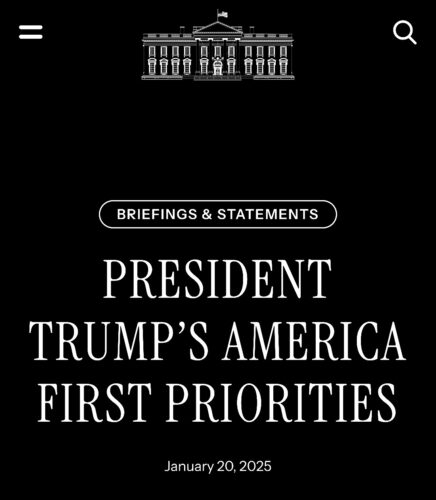
We’re not just talking about historical artifacts when we do crucial history, but at the foundations of techniques being actively deployed today. The progression from Wilson’s “America First” domestic terror campaigns through Cold War disinformation to current “America First” domestic terror campaigns shows the proper through-line that explains the true meaning of present-day disinformation.

